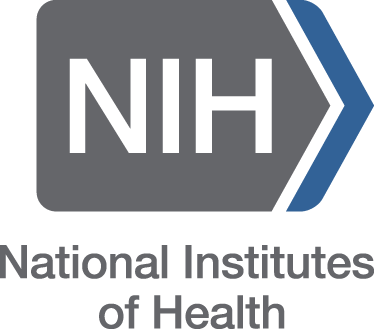PHYSIOLOGICAL EFFECTS OF SHALLOW AND DEEP AQUA AEROBIC EXERCISES ON MAXIMAL OXYGEN UPTAKE IN COLLEGE-AGED MEN
DOI:
https://doi.org/10.63001/tbs.2024.v19.i03.pp237-240Keywords:
Shallow aqua, Deep aqua, Aerobic exercise and Maximal oxygen consumptionAbstract
Purpose: The purpose of this study was to look into the effects of shallow and deep water activities on maximum oxygen consumption in college male pupils.
Material and methods: Forty-five male students aged 17 to 23 years from JAIN (Deemed-to-be University) in Bangalore, India. The participants were placed into two groups of fifteen. Experimental Group I engaged in a shallow-water aerobic exercise program (SAAG), whereas Experimental Group II participated in a deep-water aerobic exercise program (DAAG) for six weeks. Cooper's 12-Minute Run/Walk Test was used to determine maximum oxygen consumption, and pre-and post-test information was analyzed using analysis of covariance (ANOVA). The F-ratio Statistical significance was determined at the 0.05 level.
Results: The study's findings revealed a significant difference in the physiological effects of exercises performed in shallow water compared to deep water, particularly regarding maximum oxygen consumption, an important indicator of an individual's aerobic capacity and overall cardiovascular fitness. The findings demonstrated that the location in which these exercises were performed had a significant impact on the efficiency of the workout, with each setting having distinct properties that affect the body's oxygen use during physical activity. This distinction shows that the depth of water not only influences the resistance faced by the body during aquatic activities but also modifies the cardiovascular demands imposed on it, consequently altering the improvement of maximum oxygen consumption.
Conclusions: The deep-water aerobic exercise group outperformed the shallow-water in terms of oxygen capacity, according to the outcomes of the study.






























